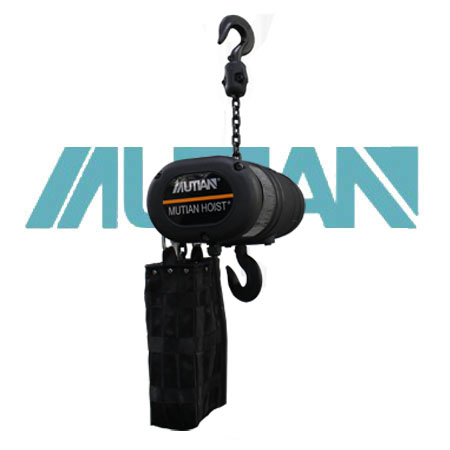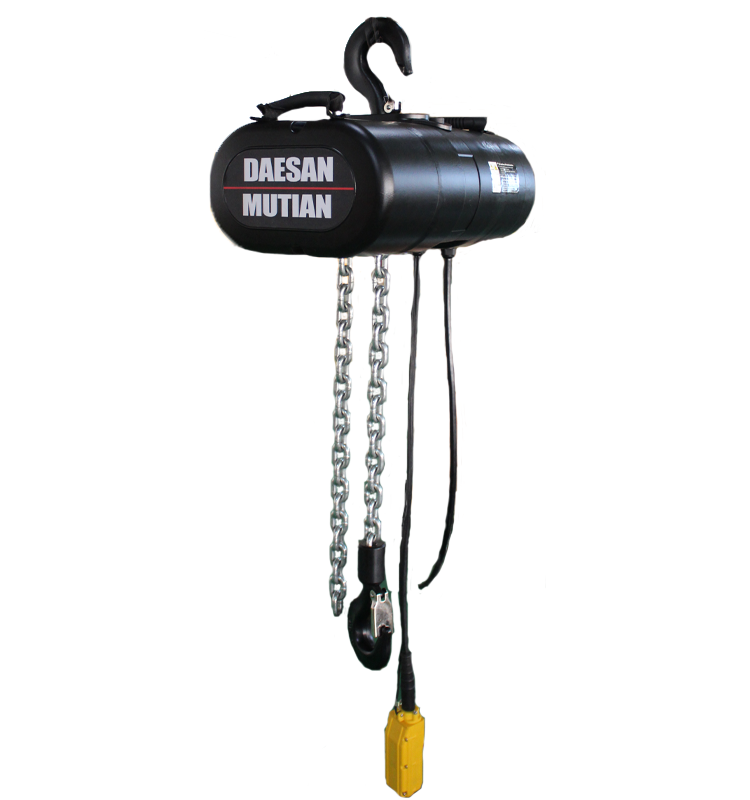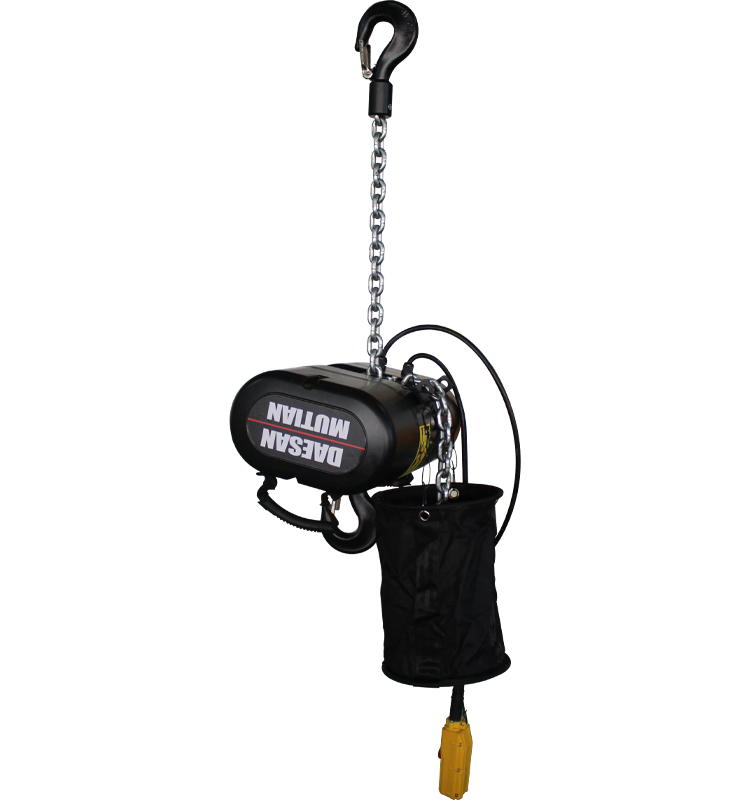 中文版
中文版



Welcome to contact us by phone:0086-0312-7969888
The strength of a stage electric hoist motor depends on various factors, including the motor's power rating, design, and the specific model of the hoist. Here are some key considerations:
Power Rating:
The motor's power rating, often measured in kilowatts (kW) or horsepower (HP), indicates its strength and ability to generate the necessary force to lift loads. A higher power rating generally suggests a stronger motor.
Voltage and Current:
The voltage and current requirements of the motor also contribute to its strength. Higher voltages and currents can provide more power, leading to increased lifting capacity and performance.
Design and Construction:
The design and construction of the motor play a crucial role in its strength. High-quality materials, precision engineering, and efficient design contribute to a motor's overall strength and durability.
Duty Cycle:
The duty cycle of the motor refers to the ratio of time it can operate continuously to the total cycle time. Motors with higher duty cycles are designed for more demanding applications and may be considered stronger for continuous or frequent use.
Gearbox and Transmission:
In some stage electric hoists, a gearbox is used to control the speed and torque of the motor. The strength of the motor, in conjunction with the gearbox, determines the hoist's lifting capacity and performance.
Load Capacity:
The motor's strength is directly related to the hoist's load capacity. A strong motor is necessary to lift heavy loads. It's important to use a hoist with a motor that matches the intended load requirements.
Variable Speed Control:
Some stage electric hoists feature variable speed control, allowing operators to adjust the lifting speed. A motor with variable speed capabilities provides flexibility in different applications and load conditions.
Safety Features:
The strength of the motor is also reflected in the hoist's ability to provide reliable and safe lifting. Motors in quality stage electric hoists are equipped with safety features such as overload protection and limit switches.
When evaluating the strength of a stage electric hoist motor, it's essential to consider the specific requirements of your application, including the intended load capacity, lifting speed, and duty cycle. Additionally, adherence to manufacturer guidelines, proper maintenance, and compliance with safety standards are crucial for ensuring optimal performance and longevity. Always refer to the manufacturer's specifications and guidelines for accurate information about the hoist motor's strength and capabilities.


X